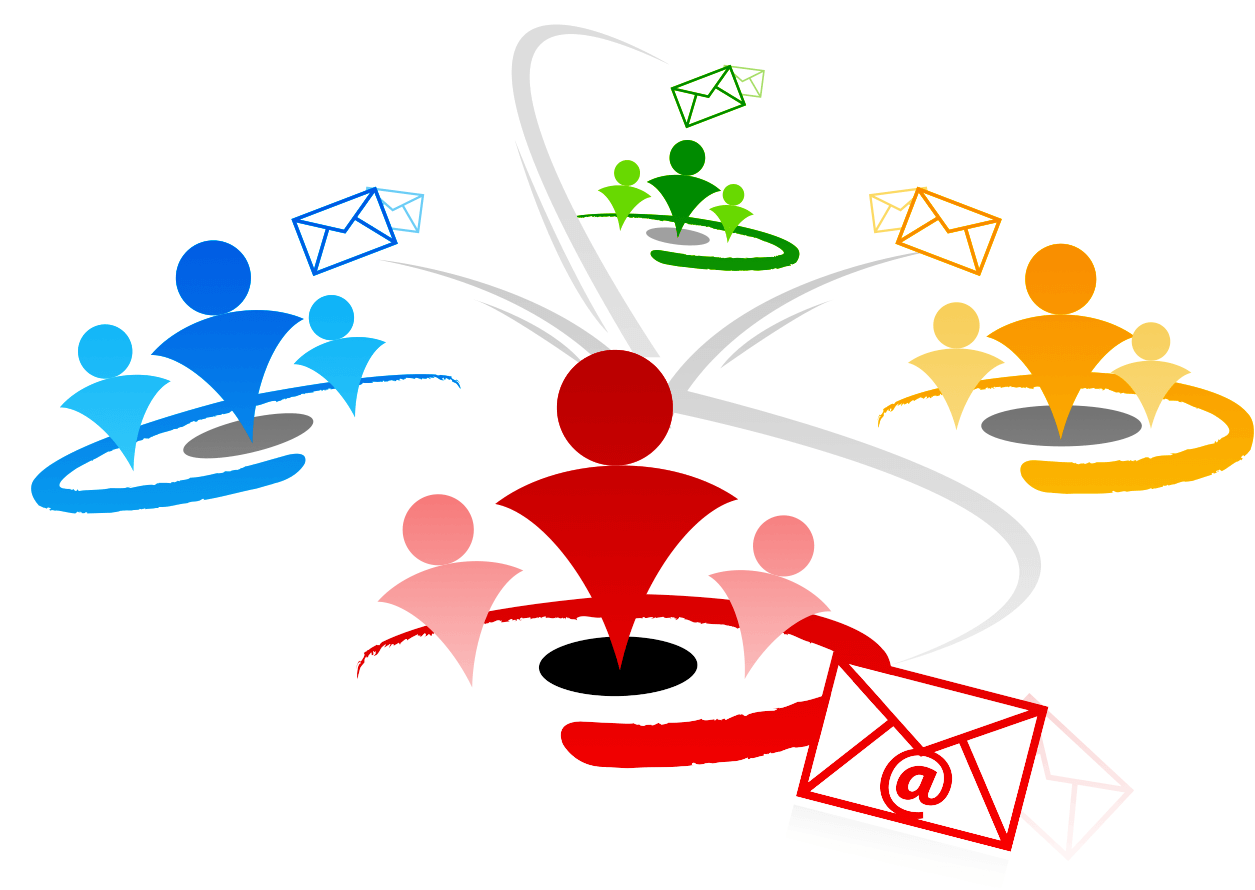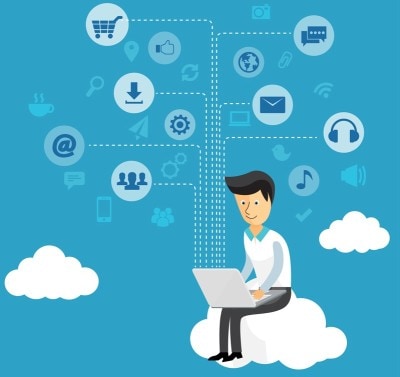Are you concerned that nobody actually opens marketing emails these days? Believe it or not, some people do look forward to emails from their favorite organizations. They may anticipate value in the form of special offers, information, or even just an emotional connection. For all of these reasons, email marketing still rules as one of the original and most effective digital marketing tactics.
If this doesn’t describe your business’s experience with email marketing, you may be leaving money on the table. When done right, email marketing puts the right information in front of the right people at the right time, leading to high returns. The key is to parse, or segment, your mailing lists strategically. This will help you deliver the kind of value that gets people to open your messages.
Create Targeted Email Campaigns Through Segmentation
To begin to understand the value of segmentation, think about the kinds of emails you open right away. These probably come from friends, business associates, favorite companies or respected organizations. If you receive dozens of emails every day, you likely scan the subject lines first to see which ones immediately connect with you.
Marketers understand that people are more likely to open and act on messages that they find personally valuable and timely. Email list segmentation refers to dividing your list of contacts into smaller groups based on certain criteria. Ideally, these segmentation criteria will help you develop different email campaigns for different groups. Each campaign should be highly relevant to its target audience and should encourage readers to take specific actions.
Sample Segmentation Tactics
The Direct Marketing Association reports that 58 percent of all revenue is driven by segmented emails. Very simple segmentation can occur when a retailer divides a list of contacts by age, location, or gender. As you learn more about your prospects or customers, you can use this additional data for more advanced segmentation.
Say a shoe retailer wants to send a welcome email to everyone who has signed up for their mailing list. They could send one email to all of their contacts and feature many types of shoes in this message. But to increase the likelihood of recipients making a purchase, they could divide their mailing list by gender: men get promotions about men’s shoes and women get promotions about women’s shoes. They could also consider where their prospective customers are located. For instance, shoppers in Boston are probably more likely to purchase winter boots than shoppers in El Paso.
Once a prospect becomes a customer, marketers can develop more targeted campaigns based on past behavior. For example, when a person signs up for a shoe retailer’s mailing list, the retailer has no idea who that person needs to buy shoes for. But if the person purchases a pair of children’s shoes, it’s safe to assume they’ll need to buy more shoes as their child grows. Thus, the retailer could email the customer about sales on children’s shoes as well as adults’ shoes.
Creative Segmentation Ideas for Email Marketing
Demographics and purchasing behavior are certainly common and effective criteria for creating mailing lists — but they’re not the only options.
For businesses using a customer relationship management system, the possibilities for mailing list segmentation are endless. Your CRM already contains a wealth of customer data, from preferences to past interactions. By using this data to filter your customers, you can create highly targeted and personalized mailing lists. And if your CRM integrates directly with an email campaign tool like Mailchimp, you can add extra value to your email marketing without extra manual effort.
If you’re looking for new ways to use your customer data for email marketing, here are five strategies to consider. Use them independently, or combine multiple tactics at once for advanced segmentation.
Interest Level
Are you sending the same follow-up email to everyone on your list, regardless of how they treated your first email? There’s a big difference between recipients who clicked through but didn’t make a purchase and those who never opened the email at all.
Try dividing your contact list based on previous level of engagement, then craft separate follow-up messages for these groups. For those who didn’t open the first email, you may want to try the same message with a more engaging subject line. Meanwhile, you might send a follow-up survey to those who did open the first email to assess why they lost interest.
Content Preferences
If you’re in the habit of sending digital content via email, aim to curate your selections based on customer preferences. These days, many marketers have found that videos tend to generate more clicks. Still, some people might prefer text articles because they want to read at their own pace or they have a hard time loading videos on their phones.
Take note of which recipients tend to open which types of content. You could also send a survey to your customer base to ask which content formats and topics they prefer. If you track this data in your CRM and segment your email lists accordingly, you’re bound to fuel more interest in your messages.
Changes in Behavior
Think back to the online shoe retailer. Perhaps some of their customers buy new boots every fall — so what does it mean if those customers don’t return this year? Have they bought boots from a competitor? Have they moved to a snow-free city?
Keep an eye out for customers who have stopped purchasing as regularly as they used to. A customer’s failure to make a scheduled purchase doesn’t necessarily mean that you’ve lost them, but it does mean that your business is no longer top of mind. Consider sending personalized reminders or special promotions to this group to try and reconnect with them. Offering an exclusive loyalty program can also be a great way to generate new engagement.
Sales Pipeline Stage
Some companies track prospective customers based on what stage they’re at in the sales pipeline. Examples of such stages might include prospecting, qualification, and negotiation.
When planning your marketing campaigns, it’s wise to use your sales pipeline stages as segmentation criteria. This is because your prospective customers will have different questions and concerns at different points in the buying process. By keeping your email content relevant to each pipeline stage, you won’t risk boring your audience with information they already know or overwhelming them with details they aren’t ready for.
Satisfaction Level
Hopefully, you have methods in place to collect customer feedback and monitor satisfaction. This is valuable data that can help to inform both the content and tone of your email messaging. After all, you don’t want to send obliviously upbeat messages to customers who have just left you negative reviews.
If you’re tracking satisfaction scores in your CRM, use these numbers to segment your customer list and develop appropriate email campaigns. For instance, happy customers could be courted for reviews or a referral program. Dissatisfied customers, on the other hand, will require a more delicate outreach. You may want to seek their feedback, apologize for their frustrations, offer an incentive to return — or all of the above.
Make the Most of Your Email Campaigns
If you want people to open your emails, you need to make sure those emails are worth opening. Segmenting your mailing lists based on key criteria helps you keep your messages timely and relevant to the recipients. By leveraging the customer data available to you, you can create targeted email campaigns that truly benefit your customers as well as your business.






